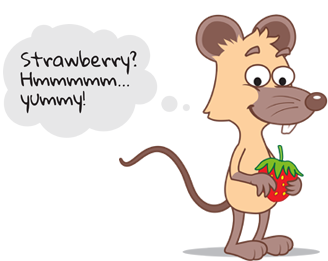
Mice have facial expressions which can communicate their mood to other mice.
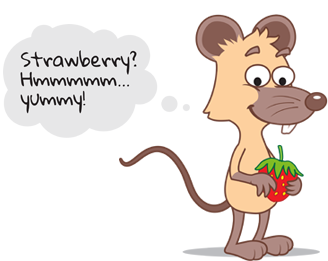
Mice are incredibly clean, tidy and organised. Within their underground homes, they have specific areas for storing food, going to the toilet and for shelter.
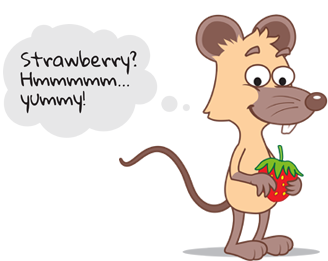
Mice are intelligent creatures with complex levels of communication.

Mice have great balance and can walk along very thin pieces of rope or wire.
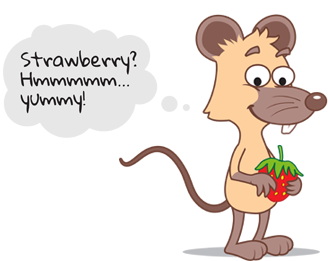
Within Shamanism (an ancient healing tradition and way of life), the mouse is a symbol of wisdom, discovery and organisation.
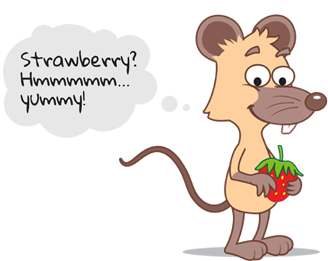
There are more than 30 known species of mice.
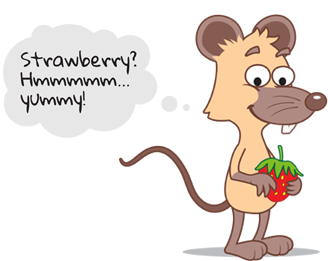
Mice tails can grow as long as their bodies!
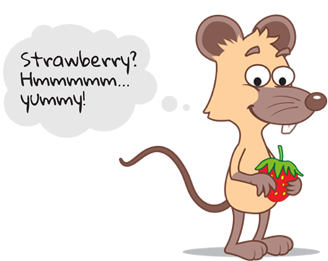
Mice use their whiskers to sense changes in temperature and to help feel the surface they are walking along.
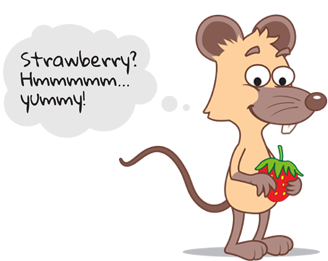
A mouse eats 15 - 20 times a day. Therefore they usually build their homes close to food sources, tending to only travel up to 8 metres from their burrows to find food.
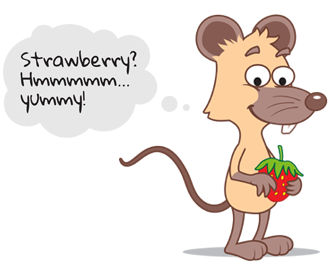
In 1928, Walt Disney’s Mickey Mouse was the first mouse character to be used in children’s cartoons and animation.
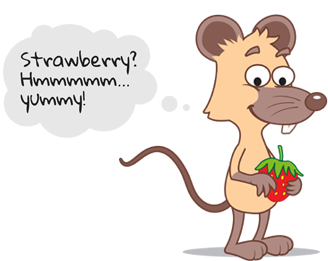
Other popular mouse characters in film and TV are Speedy Gonzales, Jerry (from Tom and Jerry) and of course, Stuart Little.
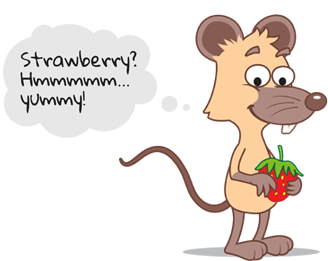
Mice have a pointed snout, small rounded ears, and a long almost hairless tail.
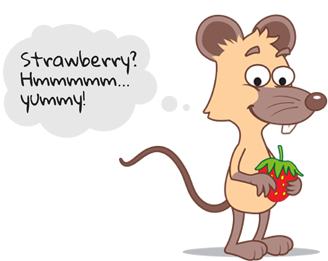
A female house mouse can give birth to up to 15 litters in a single year and can have 10 to 12 pups per litter. Thats a lot of baby mice!
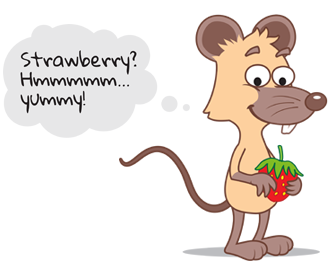
A male mouse is called a ‘buck’, a female mouse is called a ‘doe’ and a baby mouse is called a ‘pinky’ or a ‘kitten’.
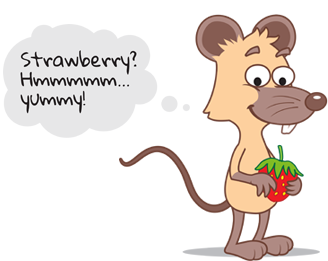
The average mouse lives 1 – 2 years.

In Ancient Greece, the God Apollo was sometimes called Apollo Smintheus, which means Apollo the Mouse. To honour him, white mice were kept in Apollo's temples under the altar.
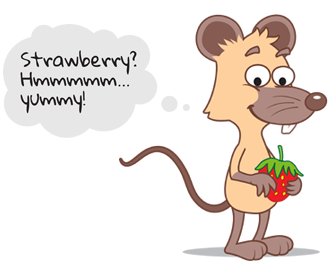
The word mouse comes from an ancient Sanskrit word meaning "thief."

Mice are really good gymnasts – they are excellent at jumping, climbing and swimming!
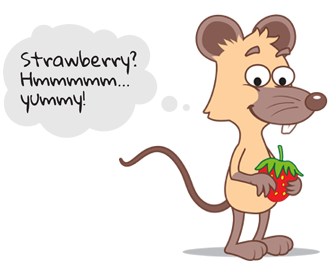
The origin of the words to the nursery rhyme “Three Blind Mice” are based in English history with King Henry VIII and his wife Queen Mary I.









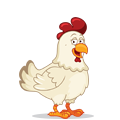







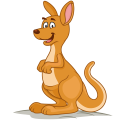



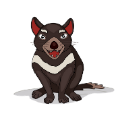
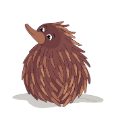
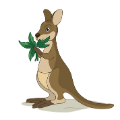
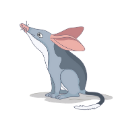
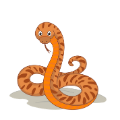
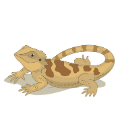
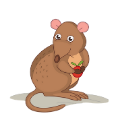
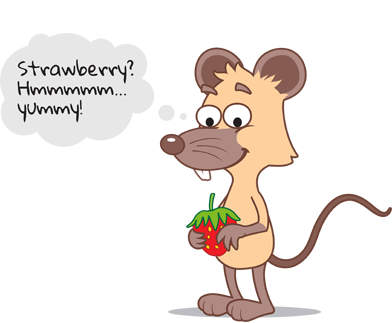
 Freedom from hunger and thirst
Learn more
Freedom from hunger and thirst
Learn more
 Freedom from discomfort
Learn more
Freedom from discomfort
Learn more
 Freedom from pain, injury or disease
Learn more
Freedom from pain, injury or disease
Learn more
 Freedom to express normal behaviour
Learn more
Freedom to express normal behaviour
Learn more
 Freedom from fear and distress
Learn more
Freedom from fear and distress
Learn more


